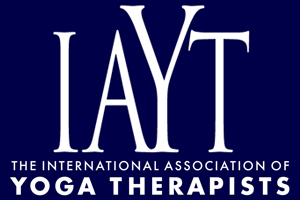Long-Term Yoga and Aerobic/Strength Exercise Adherence in Older Women with Knee Osteoarthritis: A Mixed Methods Approach
Hatha yoga (HY) and aerobic and strengthening exercise (ASE) programs are recommended for optimal management of osteoarthritis. However, evidence on long-term adherence to these programs and factors that influence it is lacking in older adults. The purposes of this study were to (1) describe and compare long-term HY and ASE adherence in community-dwelling older women with knee osteoarthritis 12 months post–HY/ASE intervention programs; (2) identify benefits and facilitators of, and barriers to, long-term adherence; and (3) examine other self-care interventions used after completing HY or ASE programs. Adherence was defined as following the prescribed HY/ASE program or incorporating the practice into daily habits. Five semistructured focus group interviews and 12 months of exercise diaries were obtained from 28 women (mean age 71.2 years). Long-term adherence to the prescribed HY or ASE regimen was relatively high, albeit adapted to individual needs, priorities, and preferences. Over the 12-month follow-up period, participants spent on average 3.5 days/3.1 hours per week on exercise. Most participants remained physically active by modifying their prescribed programs and integrating elements of the interventions into their own exercise regimens. Facilitators to long-term adherence were perceived benefits, having an exercise routine/habit, and program structure/instruction. Poor health status, lack of time, and exercise preferences were identified as barriers. Participants used a variety of self-care interventions including oral supplements and alternative diets for managing their osteoarthritis. This work suggests that exercise programs for osteoarthritis that incorporate individual preferences, flexible hours, and easy-to-follow instructions are most likely to result in long-term adherence.Abstract
Contributor Notes
